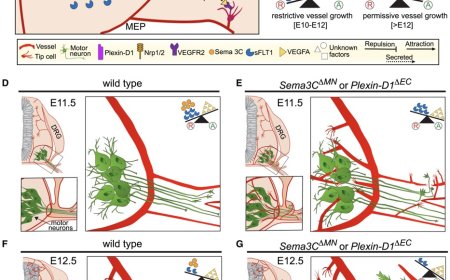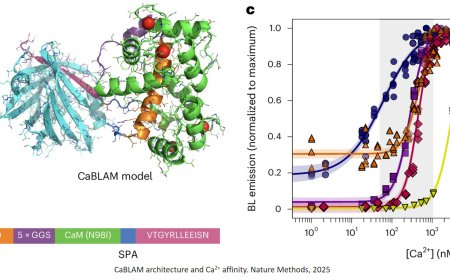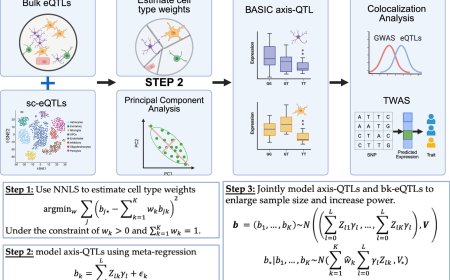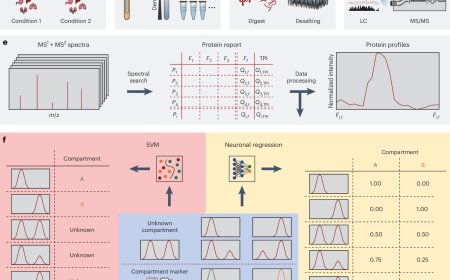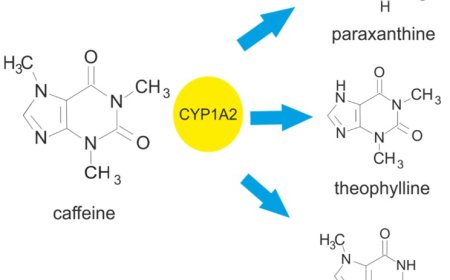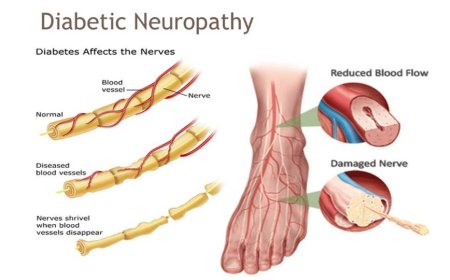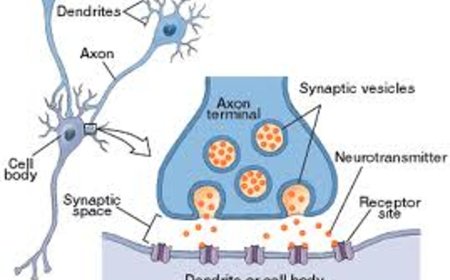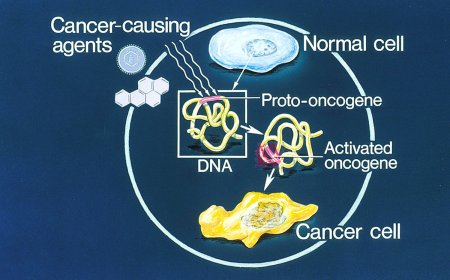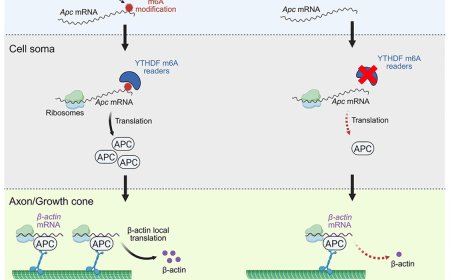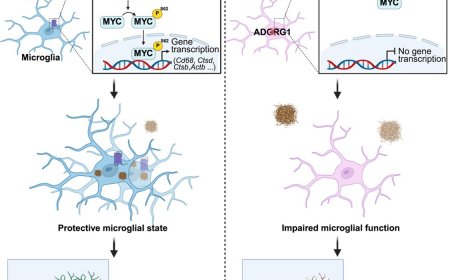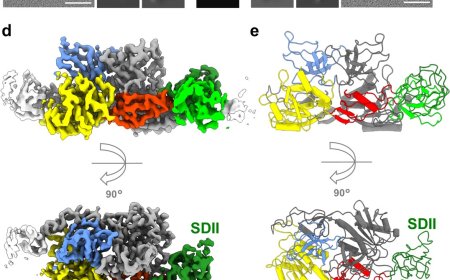Microglia functions differently in males versus females
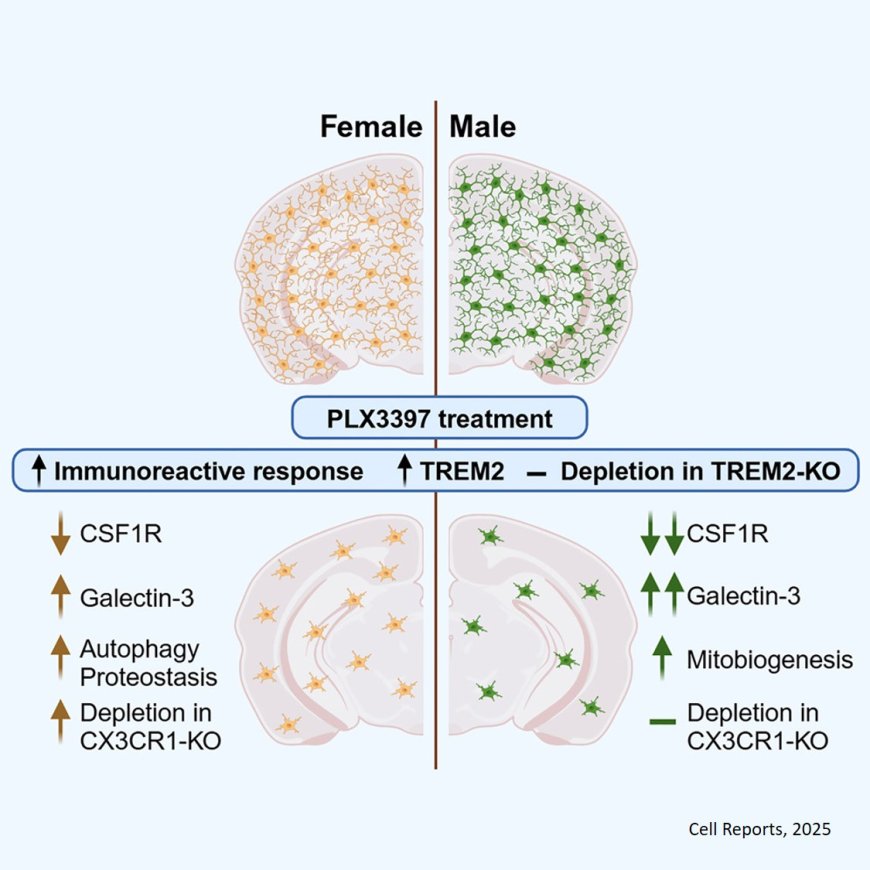
A collision happens. Someone is hurt, a head injury, a concussion. Just as the first responders arrive to help the person, inside the brain, another “crew” of responders is busy clearing debris and repairing injured tissue.
This crew is called the microglia - the immune cells of the central nervous system. Microglia are imperative to maintaining neuronal function by clearing toxins in the brain and central nervous system. But if they are overactive, they can damage neurons instead and, in some cases, have been found to promote the progression of neurodegenerative diseases like Alzheimer’s and Parkinson’s.
During development, there are known sex-related differences in how microglia function. But into adulthood, there was thought to be less variation in how they behave. New research finds that microglia function may not be as similar across sex as once thought. This discovery could have broad implications for how diseases like Alzheimer's and Parkinson's are approached and studied, and points to the necessity of having gender specific research. It is already known that more women are diagnosed with Alzheimer’s and more men are diagnosed with Parkinson’s but it’s unclear as to why.
“It is a fortuitous finding that has repercussions for what people are doing in the field, but also helps us understand microglia biology in a way that people may not have been expecting,” said the senior author of a study out in Cell Reports that shows how microglia respond differently in adult male versus female mice when given an enzyme inhibitor to block its microglia survival receptor. “This research has a lot of ramifications for microglia biology and as a result all these diseases where microglia are important in a sex specific manner.”
Pexidartinib or PLX3397 is an enzyme inhibitor commonly used to remove microglia in the lab setting to help researchers better understand the role of these cells in brain health, function, and disease. PLX3397 is also used to treat the rare disease tenosynovial giant cells tumors (TGCT) a condition that causes benign tumors to grow rapidly in the joints.
Researchers in the lab were using PLX3397 in male versus female experiments but continued to run into difficulties, so they decided to take a different approach with the inhibitor. Instead of using it to ask other questions, they decided to better understand how microglia were responding to the drug in males versus females.
The author of this study found the expected response from microglia to PLX3397 in male mice—it blocked the receptor that signals microglial survival and depleted the microglia. However, the authors were surprised to find that female microglia responded with a different signaling strategy that resulted in increased microglial survival and less depletion.
Transcriptomic and flow cytometry analysis revealed sex-specific differences in the remaining microglia population, with female microglia upregulating autophagy and proteostasis pathways while male microglia increased mitobiogenesis. Furthermore, manipulating key microglial receptors by using different transgenic mouse lines resulted in changes in depletion efficacies that were also sex dependent.
“These findings are crucial in the rapidly emerging field of developing disease-modifying therapies that target microglia,” said the senior author. “We do not yet know why the microglia are acting differently in the two sexes. I think we'd like to understand how the signaling through this receptor is regulated in different conditions, i.e. hormonal changes, basal state, inflammatory, or an anti-inflammatory state.”
https://www.cell.com/cell-reports/fulltext/S2211-1247(24)01527-4
